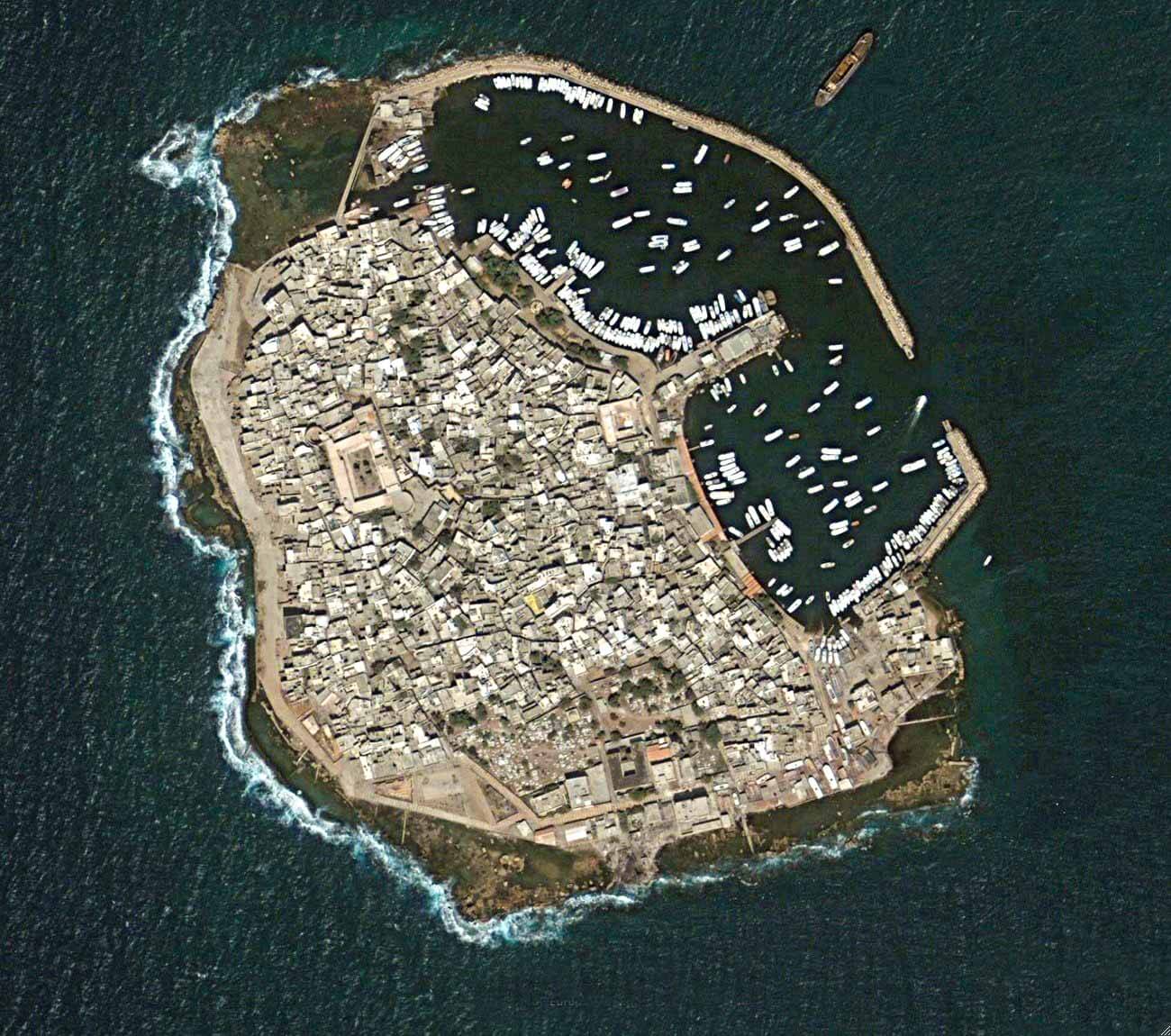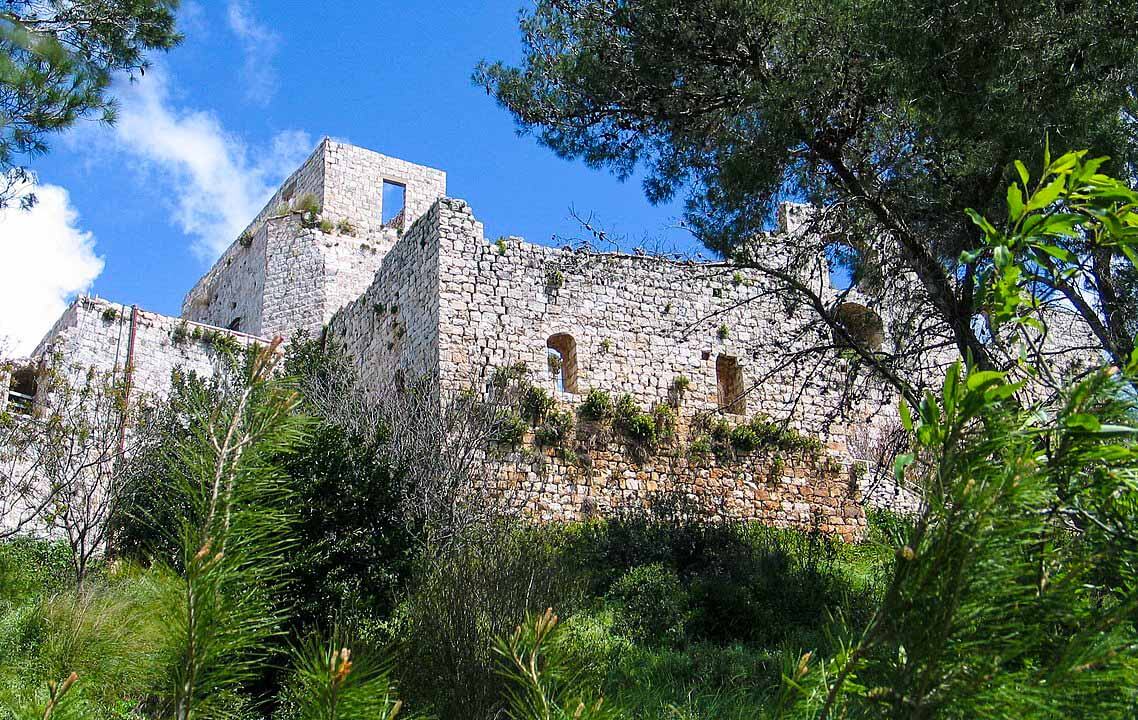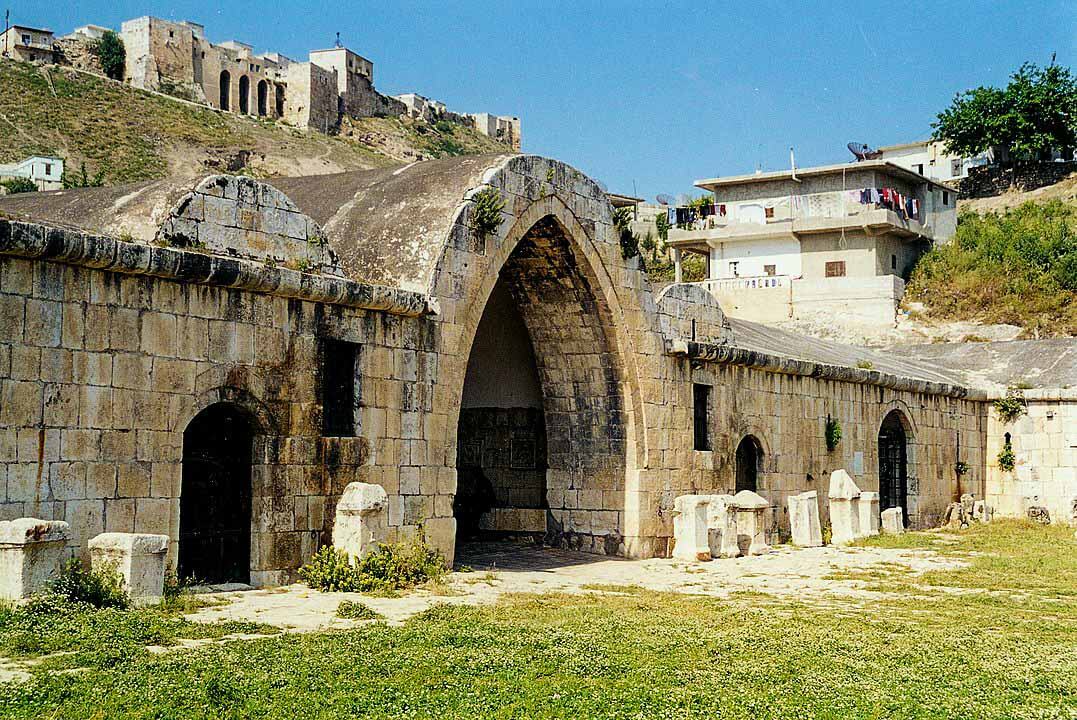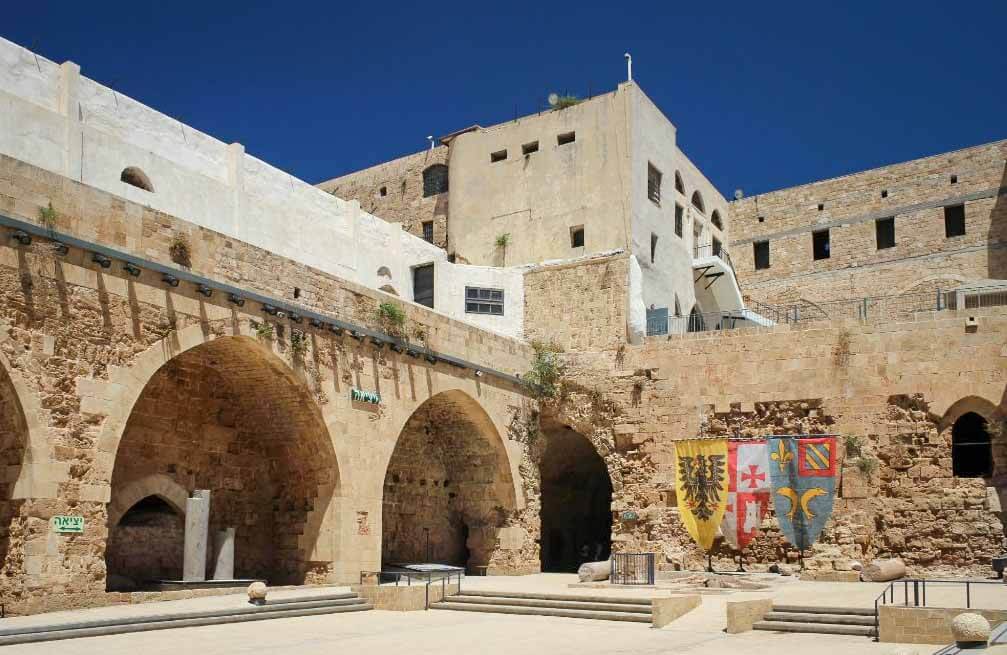Arwad, Syria
Coordinates: 34.856650, 35.857431
Arwad is a town in Syria on an eponymous island in the Mediterranean Sea.
It is the only inhabited island in Syria. It is located 3 km (1.9 mi) from Tartus (the ancient Tortosa), Syria’s second-largest port.
Today, Arwad is mainly a fishing town. According to the Syria Central Bureau of Statistics, during the 2004 census, it had a population of 4,403, predominantly Syrian Arab Sunni Muslims.
During the later part of the 13th century, in the time of the Crusades, the island of Arwad was used as a foothold or staging area by the Crusaders.
It was the last piece of land that the Crusaders maintained in Syria.
History
The Crusaders had lost control of the mainland in 1291 (see Acre Fortress), and the dwindling Kingdom of Jerusalem had been relocated to the island of Cyprus.
In late 1300, in an attempt to coordinate military operations with the Mongol leader Ghazan, the crusaders prepared a land-based force of approximately 600 men: 300 under Amalric of Lusignan, son of Hugh III of Cyprus, and similar contingents from the Templars and Hospitallers.
The men and their horses were ferried from Cyprus to a staging area on Arwad, from which they launched raids on Tortosa while awaiting Mongol reinforcements.
When the Mongols failed to arrive, the majority of the Christian forces returned to Cyprus, though a garrison was left on Arwad which was manned by rotating groups of different Cypriot forces.
Pope Clement V formally awarded ownership of the island to the Knights Templar, who (in 1302) maintained a garrison with 120 knights, 500 bowmen and 400 Syrian helpers.
In February 1301, the Mongols did arrive with a force of 60,000, but could do little else than engage in some raids around Syria.
The Mongol leader Kutluka stationed 20,000 horsemen in the Jordan valley to protect Damascus, where a Mongol governor was installed. Soon however, they had to withdraw.
Capture by Mamluks
The Egyptian Mamluks, who had been systematically re-establishing control over Palestine and Syria, sought to take Arwad as well.
A Mamluk fleet landed a force on the island, engaging in combat with the entrenched Templars, and then establishing a lengthy siege, culminating with the Fall of Arwad, and the Crusaders surrendering on September 26, 1302. All the bowmen and Syrian helpers were killed, and the Templar knights were sent to Cairo prisons














